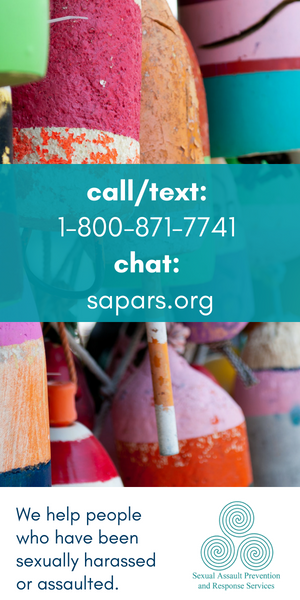A whole in one
Guest Column
By Grammar Guy
We all know the difference between a “whole” and a “hole.”
Entire doughnuts and bagels have both! For most things, if they get a hole, they’re not whole. This happens to me all the time with my socks (darn it!). I’ve always thought that “whole” milk must feel superior to other milks. It’s got to be looking down its nose at the other milks: I’m the best there is — I’m whole.
Sure, this is a whole lot of “hole” talk, but right now it’s time to examine the difference between the words “holistic” and “wholistic.” Other than the “w,” what distinguishes these two words?
Let’s start with definitions. Holistic is an adjective describing the whole being greater than the sum of its parts. Clear as mud? And did you catch the word “whole” in the definition? I’m already confused.
That didn’t help too much, so let’s check on the definition of “wholistic.” After arriving at its dictionary entry, I find a one-word definition: holistic. Thanks for clearing it up, dictionary.
Okay, perhaps we should rewind the clock to look at the origin of the words. The first usage of the word “holistic” was in the 1920s when South African statesman Jan Smuts used it in his book “Evolution and Holism.” As a side note, is “statesman” a job? If so, I’d like to know the starting salary.
The term “wholistic” actually came out of “holistic” after Mr. Smuts developed the idea of holism. In the past century, both words evolved to mean slightly different things (emphasis on “slightly”).
The words get used interchangeably, but there is a more precise distinction: the term “wholistic” gets used to underscore the totality of something — the whole thing. When someone uses “holistic” (especially in therapeutic fields), they are likely emphasizing the interaction and interdependency of the parts.
Still, other jargon juggernauts insist “wholistic” is merely a misspelling of “holistic” and do not recommend anyone use the “w” spelling. While it may have started as such, I do see a small contrast between the two (kind of like the difference between the colors ecru and mother-of-pearl). It’s subtle, but the difference is there.
To the “misspelling” crowd, I’ll throw them this bone: according to the Google Books Ngram Viewer, “holistic” gets used in published books over one hundred times more often than the word “wholistic.” It’s tough to poke holes in that theory.
As a head-scratching word duo, I think we can carve out a subtle distinction between holistic and wholistic. However, if you do decide to pick one over the other, opt for holistic.
Curtis Honeycutt is a syndicated humor columnist. He is the author of “Good Grammar is the Life of the Party: Tips for a Wildly Successful Life”. Find more at curtishoneycutt.com.


